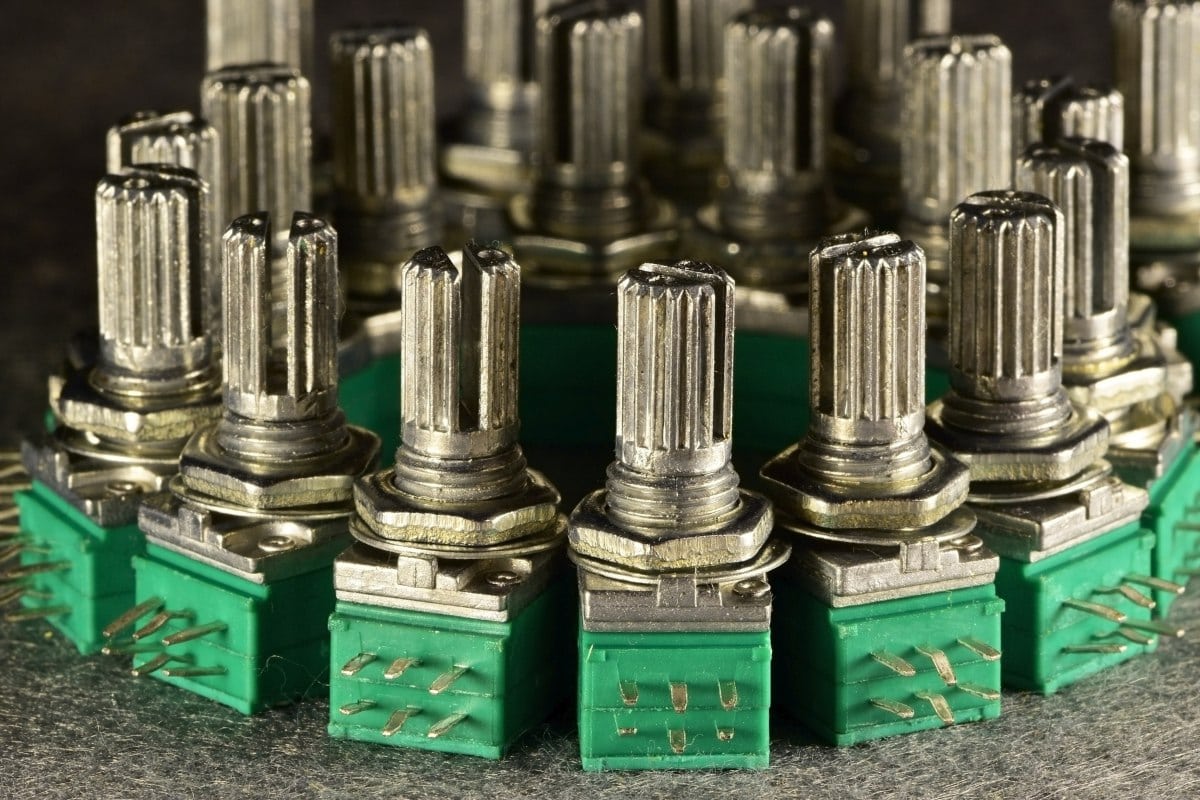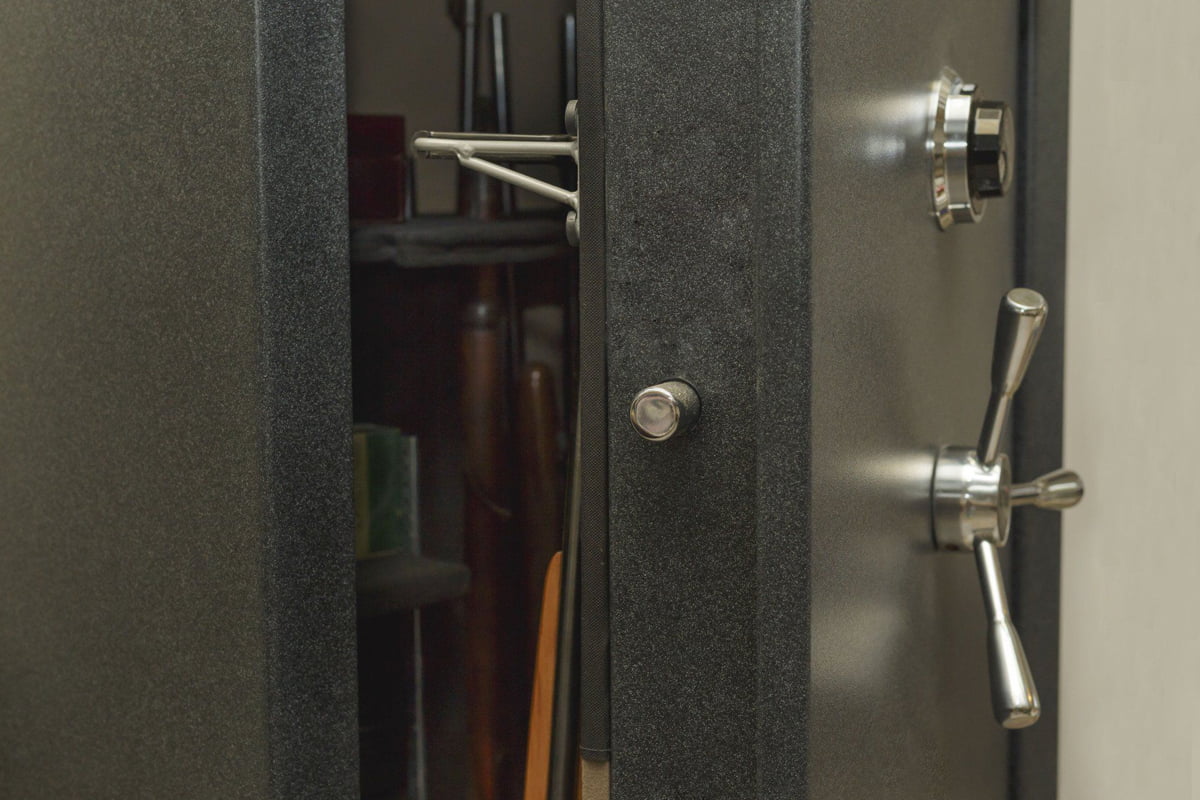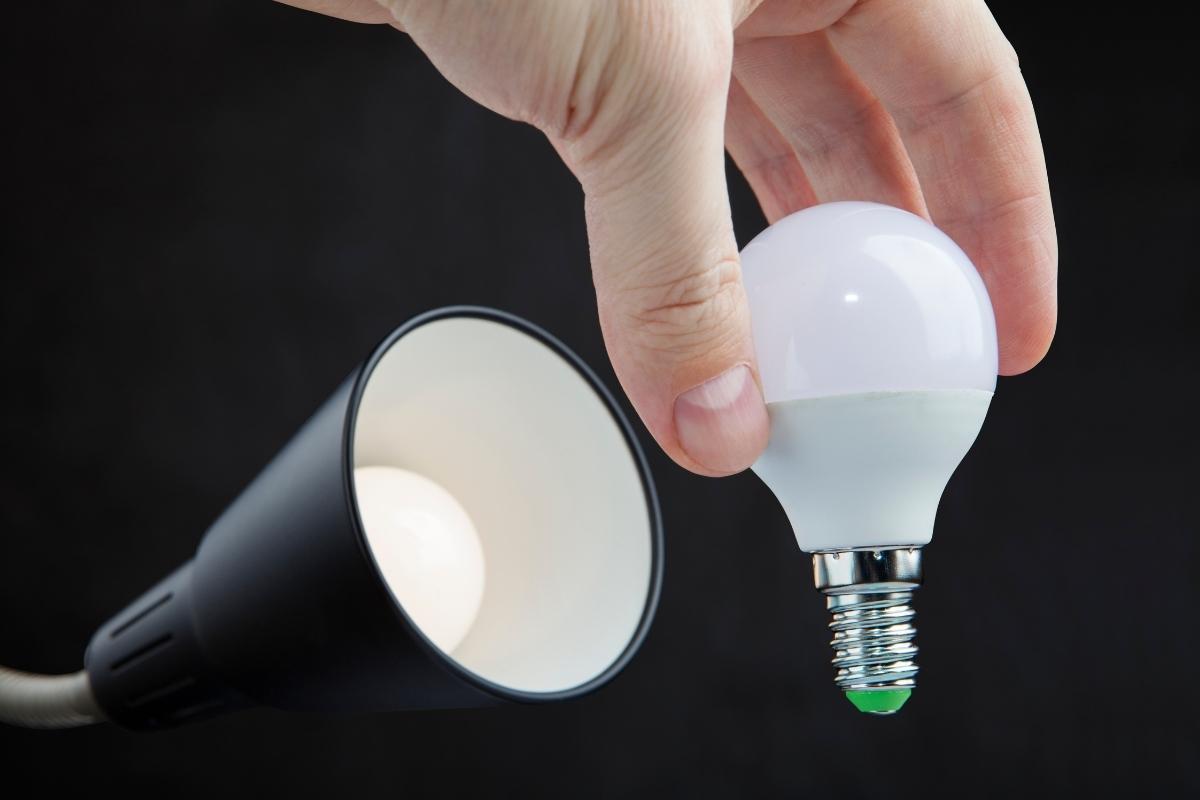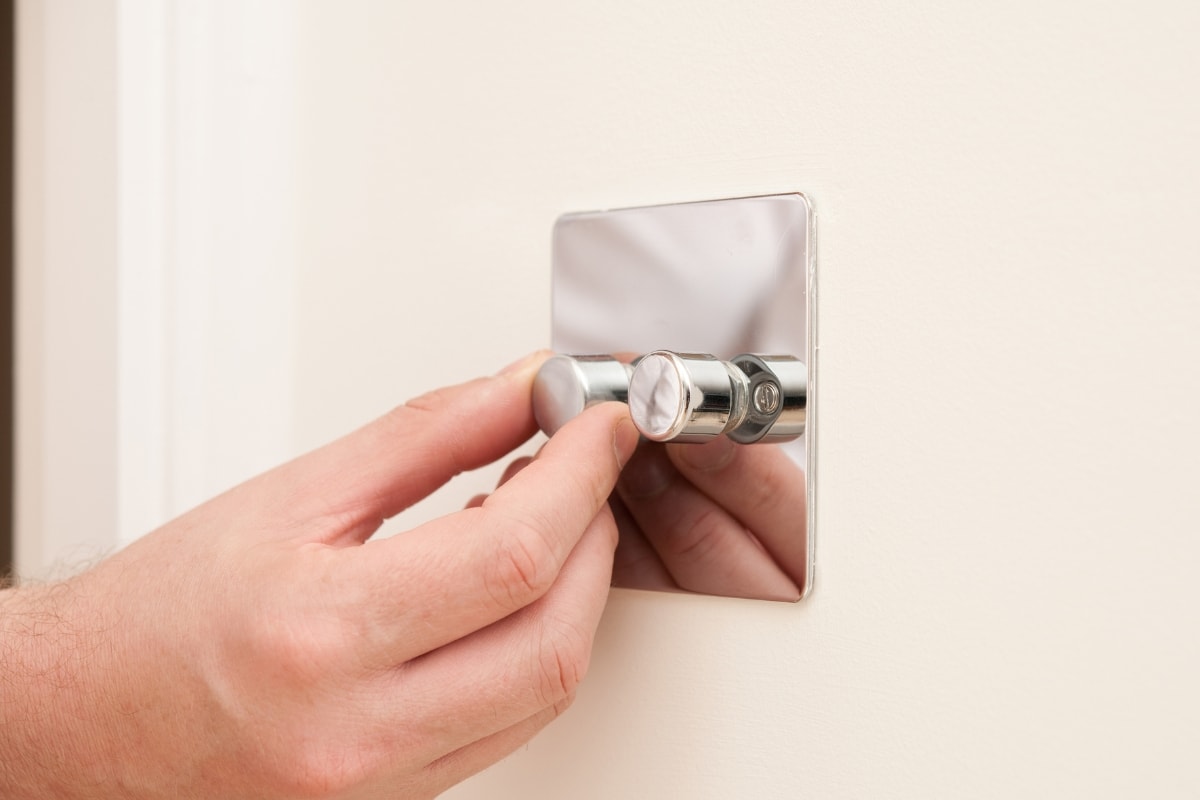What Is a Variable Resistor
A variable resistor, also known as a potentiometer or rheostat, is an electrical component that allows for the adjustment of resistance in a circuit. It is a resistor whose electrical resistance value can be changed on demand. The variable resistor operates by changing the length of a resistive track through the movement of a wiper contact along it. The position of the wiper determines the effective resistance between the terminals of the variable resistor.
A variable resistor typically has three terminals: two fixed terminals at the ends of the resistive track and one movable terminal (the wiper). Depending on how the terminals are connected to a circuit, a variable resistor can function as a rheostat or a potentiometer.
A rheostat is a device that controls the current in a circuit by varying the resistance. It uses only two terminals: one fixed terminal and the wiper. The resistance between these two terminals increases or decreases as the wiper moves along the track.
A potentiometer is a device that controls the voltage across a load by dividing the input voltage. It uses all three terminals: both fixed terminals are connected to an input voltage source, and the output voltage is taken from one fixed terminal and the wiper. The output voltage is proportional to the ratio of the resistances on either side of the wiper.
Variable resistors can also be used as preset resistors, which are adjusted only once or rarely during circuit building or testing. Preset resistors have an adjustable screw that can be turned with a small screwdriver to set the desired resistance value.
How Does a Variable Resistor Work
A variable resistor works by changing the length or amount of resistive material in the circuit, thereby affecting the flow of electric current.
The working principle of a variable resistor involves changing the length of a resistive track by moving a wiper contact along it. The resistive track is made of a material with high resistivity, such as carbon or metal wire. The wiper contact is connected to a mechanical mechanism that enables it to slide along the resistive track.
When the wiper contact is moved closer to one end of the resistive track, the resistance between the wiper and that end decreases, allowing more current to flow through the circuit. Conversely, when the wiper contact is moved closer to the other end of the resistive track, the resistance increases, reducing the current flow.
The position of the wiper contact determines the resistance value of the variable resistor. Adjusting the wiper’s position can increase or decrease the resistance, enabling precise control of the current in a circuit.
Variable resistors can have different configurations depending on their intended use. They can be designed as potentiometers or rheostats. Potentiometers have three terminals and are used to control voltage by dividing the input voltage. Rheostats, on the other hand, have two terminals and are used to control current by varying the resistance in the circuit.
Types of Variable Resistors
Variable resistors come in various types, each with its own unique characteristics and applications.
Rotary Potentiometers
Rotary potentiometers are the most common type of variable resistors. They consist of a circular track with a movable contact that can be rotated to change the resistance. This type is often used for volume control in audio equipment and offers a wide range of resistance values.
Slide Potentiometers
Slide potentiometers, also known as faders, have a linear track with a movable contact that slides along the track to change the resistance. They are commonly found in audio mixing consoles and other applications where linear adjustments are necessary.
Trimmer Potentiometers
Trimmer potentiometers, or trim pots, are small variable resistors used for fine-tuning or calibration purposes. They are typically mounted directly on circuit boards and can be adjusted using a small screwdriver. Trimmer potentiometers are often used during manufacturing to set specific values or adjust circuit parameters.
Digital Potentiometers
Digital potentiometers, also called digital variable resistors, use digital signals to control resistance values. They offer precise and programmable adjustments, making them suitable for applications such as audio equipment, instrumentation, and digital circuits.
Rheostats
Rheostats are variable resistors designed to handle high power levels. They are used to control the amount of current flowing through a circuit by adjusting the resistance. Rheostats are commonly used in applications like motor speed control, heating elements, and power supplies.
Preset Potentiometers
Preset potentiometers, also known as preset resistors or trimmers, are fixed-value variable resistors that are pre-set during manufacturing and cannot be adjusted by the end-user. They are commonly used for calibration purposes or to set specific values in electronic circuits.
Why Are Variable Resistors Important
Variable resistors are essential due to their ability to control and adjust electrical currents and voltages in circuits. They offer several important advantages and applications that make them indispensable in various industries.
Variable resistors can provide precise control over electrical currents. The flow of current can be regulated by adjusting the resistance value, allowing for safe and efficient operation of electronic devices. This is particularly useful in applications where current control is critical, such as in dimmer switches for lighting systems or volume controls for audio equipment.
Variable resistors are also a vital component in voltage regulation. The voltage across specific components or sections of a circuit can be controlled by adjusting the resistance. This is important in applications where maintaining a specific voltage level is crucial, such as in power supplies or voltage regulators.
Variable resistors are also essential in calibration and testing processes. They allow for the fine-tuning and adjustment of electrical circuits to ensure accurate measurements and reliable operation. This is particularly important in industries such as electronics manufacturing, where precise measurements are crucial for quality control.
Furthermore, variable resistors are widely used in circuit design and prototyping. They provide engineers and designers with the flexibility to experiment with different resistance values and adjust circuit parameters to optimize performance. This versatility is particularly important in applications such as amplifiers, filters, and oscillators, where precise control over resistance is necessary to achieve desired circuit characteristics.
Variable resistors also have wide applications in sensitivity control, where their adjustable resistance allows for fine-tuning the sensitivity of sensors or detectors. This is important in various industries, including audio equipment, scientific instruments, and automation systems.
Advantages of Variable Resistors
Variable resistors offer several advantages which make them a versatile component in various applications.
Adjustable Resistance
Variable resistors are able to provide adjustable resistance. By rotating the shaft or sliding the wiper, the resistance value can be changed according to the specific requirements of the circuit. This flexibility allows for precise control over the flow of current and voltage, making variable resistors ideal for applications that require fine-tuning.
Voltage Division
Variable resistors can be used in voltage division circuits to obtain a desired output voltage. Adjusting the resistance value can cause the voltage across the resistor to be varied, resulting in a different output voltage. This feature is particularly useful in applications such as volume control in audio systems or brightness control in lighting circuits.
Signal Conditioning
Variable resistors are important in signal conditioning circuits as they can be used to adjust the amplitude or gain of a signal, ensuring that it falls within the desired range. This allows for optimal signal processing and prevents distortion or damage to sensitive components.
Calibration and Testing
Variable resistors are commonly used in calibration and testing procedures. Their adjustable nature allows for precise calibration of instruments and equipment. The output can be fine-tuned to match the desired reference value, ensuring accurate measurements and reliable performance.
Circuit Design Flexibility
The ability to adjust the resistance value in real-time offers designers greater flexibility in circuit design. Variable resistors can be used to compensate for variations in component tolerances, temperature effects, or other environmental factors. This adaptability helps optimize circuit performance and ensures stability and reliability.
Cost-Effective Solution
Variable resistors are generally more cost-effective compared to other precision components used for similar purposes. Their simplicity in design and ease of manufacturing make them a cost-efficient solution for applications that require adjustable resistance.
User Interface Control
In various electronic devices, variable resistors are used as user interface controls. They can be found in applications such as volume knobs, dimmer switches, and temperature controls. The ability to adjust resistance directly provides users with a tactile and intuitive way to interact with the device.
Troubleshooting and Debugging
Variable resistors can be invaluable tools for troubleshooting and debugging electronic circuits. By adjusting the resistance value, engineers and technicians can isolate specific sections of a circuit, identify faulty components, or fine-tune the circuit for optimal performance.
Disadvantages of Variable Resistors
Variable resistors, while offering advantages such as greater control over voltage and the ability to modify the voltage passing through a circuit, also come with a few disadvantages.
One drawback is that variable resistors need to be placed in specific locations, which can result in the need for more parts if you want to divide the circuit into different sections. Additionally, variable resistors are not effective in areas where vibration is present.
The need for specific placement of variable resistors can be a limitation, as it may require additional components and increase the complexity of the circuit design. This can be a disadvantage in applications where space is limited or where a compact design is desired. Furthermore, the sensitivity of variable resistors to vibration can lead to unreliable performance or even failure in environments with excessive movement or mechanical stress.









